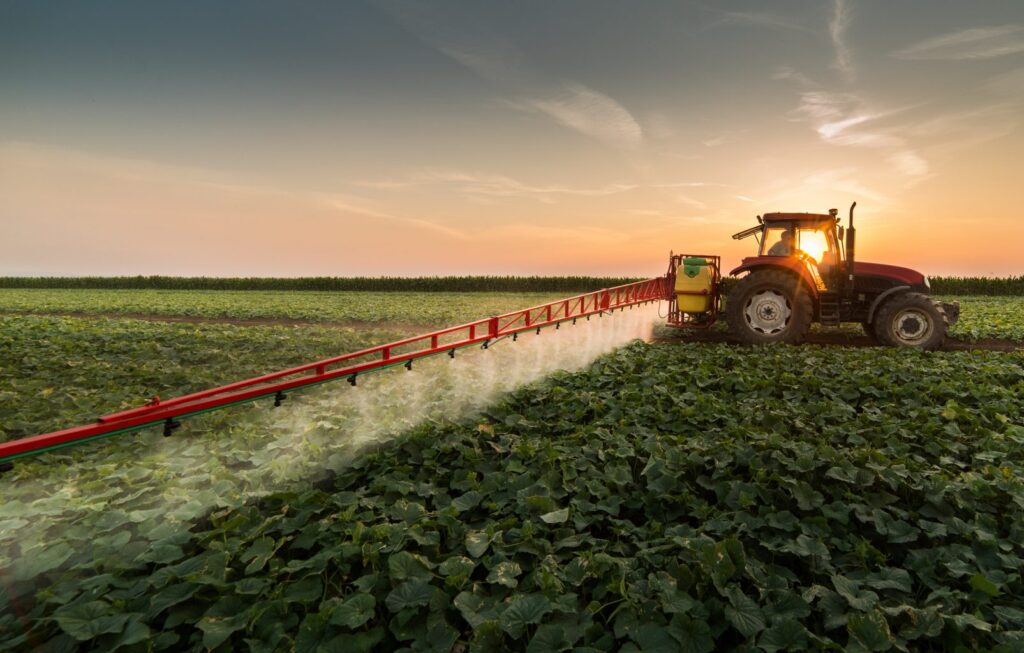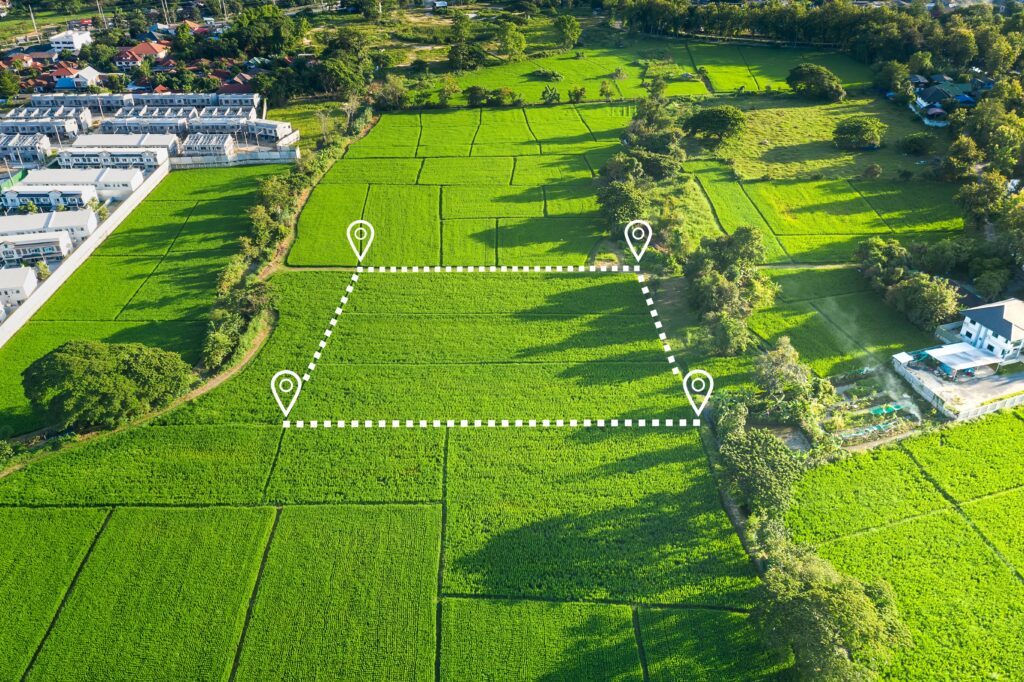The most common structure we see in farming is the farm partnership. It’s a well-established way to run a family farm and can work well—especially when incorporating agroforestry into your farming approach. Whether you’re a family farmer thinking about diversification, or a landowner working with outside investors, it’s important to choose the right legal structure to support your agroforestry plans.
But while partnerships are popular, they’re not always simple. As family and business life evolves, things can get muddled. This article looks at what to think about when setting up or joining a farm partnership—and what other structures might also be worth considering.
What is agroforestry?
Agroforestry is a land use approach that combines trees and shrubs with crops or livestock on the same land. It’s designed to improve soil health, biodiversity and long-term productivity—offering both environmental and economic benefits. For many farmers, it’s a way to diversify income while managing land more sustainably.
The importance of a clear partnership agreement
Agricultural partnerships, just like any partnership, carry both successes and liabilities and anyone considering entering into one must keep this in mind. Partnerships require ‘utmost good faith’ from the partners.
One of the most serious problems, which is often not dealt with fully, concerns ownership of farm assets – and the farm freehold in particular. In a position where agroforestry is being incorporated into that business the issue of “who owns the trees” will need to be addressed and set out clearly.
Another point to consider is what is expected in relation to any debt secured on a partnership asset, especially if that debt is secured against land where someone else (i.e. another partner or partners) owns the trees being planted on that land. This is a technical area, but of great significance in practice if a partner needs paying out for his or her share or possibly even paying the continuing partners in order to leave the partnership in the event of unpaid loans. This can happen on the death or retirement of a partner, or on the divorce of a partner.
Getting partnership agreements right
An important first consideration is whether the farm itself is a partnership asset or held outside the partnership and any partnership agreement should clearly state the position. There are tax implications on this decision and appropriate professional advice is crucial when making this decision. However, this is important to consider when you are considering planting trees on your farm, as the decision to adopt an agroforestry farming methodology is not a quick decision to see grow to fruition or to reverse. It is important to get the starting position correct.
Secondly, the partnership agreement should say which partners have a share in the farm, and how any gain in value should be allocated between them. Farms have increased in value hugely over the last 20 years and several cases have come to court because there was no clarity about this issue. Where a partnership is investing heavily in trees, that could take time to realise their value and return, it needs to be clear how that will be realised if a partner leaves the partnership or not as you may agree.
Although these things seem simple, they are often neglected or carried out in haste which is where misunderstandings or in the worst cases disputes can arise.
Planning for the next generation
For many generations, farming families have used partnerships as a way to bring the younger generation into the business. This can aid development and provide next generation farmers with life experience, income, and a stake in the family business. We’re increasingly seeing interest in the agroforestry model from younger and next-generation farmers, who are often the ones driving this change on family farms.
The key point here is to get clarity on partnership rights, including ownership of assets while there are no significant family tensions. Once a dispute has started, it is too late.
Hopefully there never will be a ‘bust-up’, but if there is, a well-drafted partnership agreement it will save much stress and money. It is also helpful for a family to agree what their rights and duties are, so that there are no surprises down the line. If a partner leaves the partnership in happy circumstances, there should be little reason for dispute about what they are entitled to from the partnership.
Some partnership agreements require pre-nuptial agreements from newly married partners to protect the farm assets should a divorce take place.
It is also common to stipulate what happens when a party is no longer of sound body or mind, so putting in place a lasting power of attorney and will, and updating them as needed, should be strongly considered. It is crucial to ensure that your will speaks to your partnership agreement. For instance, if the farm is declared a partnership asset, any personal gifts of the farm to individuals would potentially fail as the farm itself would be owned by the farm and not personally. This is a common problem.
Ensure your accountant and solicitor sing from the same hymn sheet
It is essential that your partnership agreement ‘agrees’ with your farm accounts. This is where many arrangements fall down and court cases follow. However, the remedy to this is simple – ensure your solicitor communicates with your accountant so that you end up in a joined-up and consistent position.
Certainly, if you are discussing significant investment and incorporating agroforestry with your accountant discuss with them how the trees will be purchased, how you expect those trees to be owned and how you will share the return on investment. They can then ensure the accounts reflect this and where your solicitor will guide you to ensure the partnership agreement aligns too.
If you are running a business through a partnership, the consequences of not having a partnership agreement cannot be underestimated. If there is no agreement in place, the fallback position is the provisions of the Partnership Act 1890. There are two implications in particular that people should be aware of. Firstly, if a partner dies or leaves the partnership, the partnership automatically dissolves and no longer continues. This can have major consequences for the continuation of the business and any bank dealings. Secondly, upon dissolution of the partnership, following the payment out of any partner’s current or capital accounts set out in the accounts, the balance of assets are deemed to be held in accordance with the partners profit share ratio, regardless of who might be stated on the title to any freehold property, or if a senior partner thought that a junior partner wouldn’t hold any freehold assets. A well drafted partnership agreement would deal with this issue head on.
The pros and cons of a limited company?
We’ve looked at farm partnerships, but a common question is whether things would be different if the business were run as a limited company. The answer isn’t straightforward. Deciding whether to move from a partnership to a company structure depends on a range of factors and needs more detailed consideration than we can cover here. However, the limited company does offer an interesting model where you are considering agroforestry, especially where that consideration involves a collaboration with someone outside of the family.
An example, we have seen is where the directors and shareholders of the company include people both from the family farm and outside of the family. Ownership of the shares in that company is agreed accordingly. It is that company which invests in the agroforestry and makes the profit from that investment which is in turn paid out in accordance with the shareholding. The underlying land however may remain with the family/ landowner. It can then be agreed whether they receive a “rent” from the company occupying their land or whether their profit share is reflective of that.
However, just like for a partnership the written partnership agreement will be key to minimising the risk of dispute in the future. The shareholders agreement is key for a company. Taking the time to ensure this agreement is correct is important for the same reasons as we have set out above in relation to the partnership agreement.
Alternative models
With increasing interest from local communities and the general public at large in environmental responsibility there are individuals who feel passionate about investing in sustainable farming. We have come across models where the farm is owned by a consortium or co-operative with an agreement with the farmer occupying the land to farm responsibility. This may include agroforestry. In this model the farmer is often a tenant farmer but with a long lease (allowing for multi-generational occupation of the farm) and which encourages the farmer to invest in that farm. The landlord where particularly motivated by the methods proposed by the farmer may also add additional investment whether in the way of lower rents or capital investment.
While this model is rare we are seeing it raised more often, especially where outside investment in farming is aligned with those investors valuers and they wish to realise an environmental return on investment.
If this is something you are contemplating and want to explore then we would suggest ensuring you give your self plenty of time to make sure all the legal structures are in place properly. It isn’t a quick legal process to set up a co-operative. You will also need to be clear as to what the investors expect in return and be very careful about how you present the opportunity. Inviting investment can easily fall foul of the financial services regulations and you do not want to inadvertently commit a criminal offence.
We’re here to help
It can be easy to get carried away with any new business venture without considering the “what if” moments. Now, more than ever, it’s important to consider the right structure for your business that not only can be the best tax position to enable successful planning for the future of your business but also ensuring that the business’ best interests are in mind and at the heart of all decisions. Whatever that may be, having a clear agreement between all the parties and covering all eventualities will bring security to the future of any farming enterprise.







